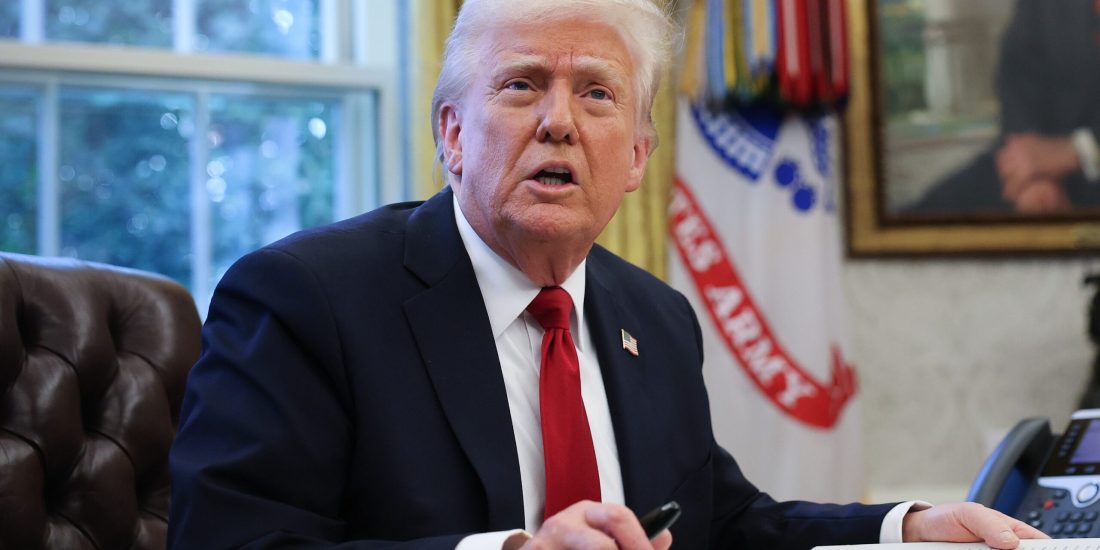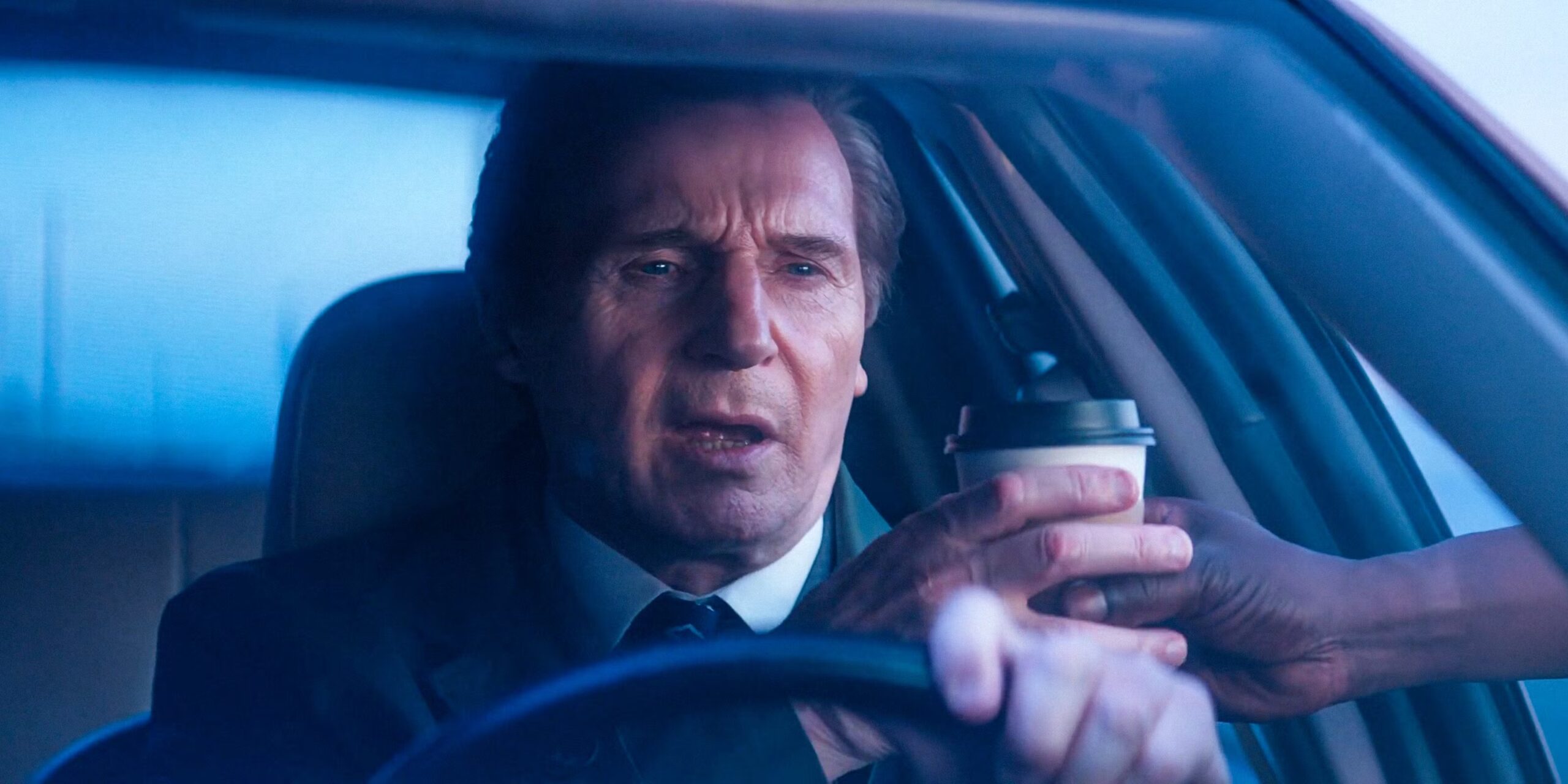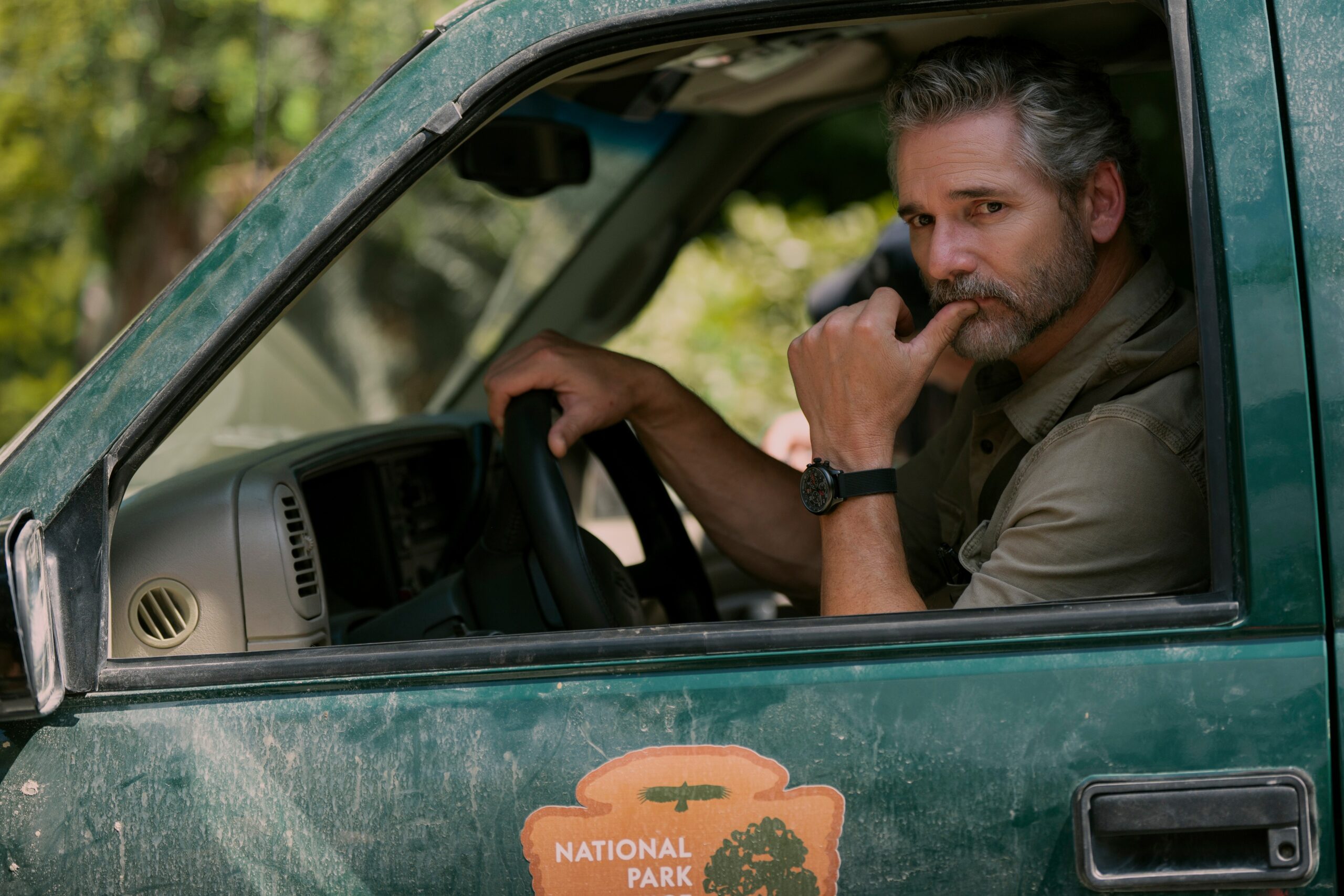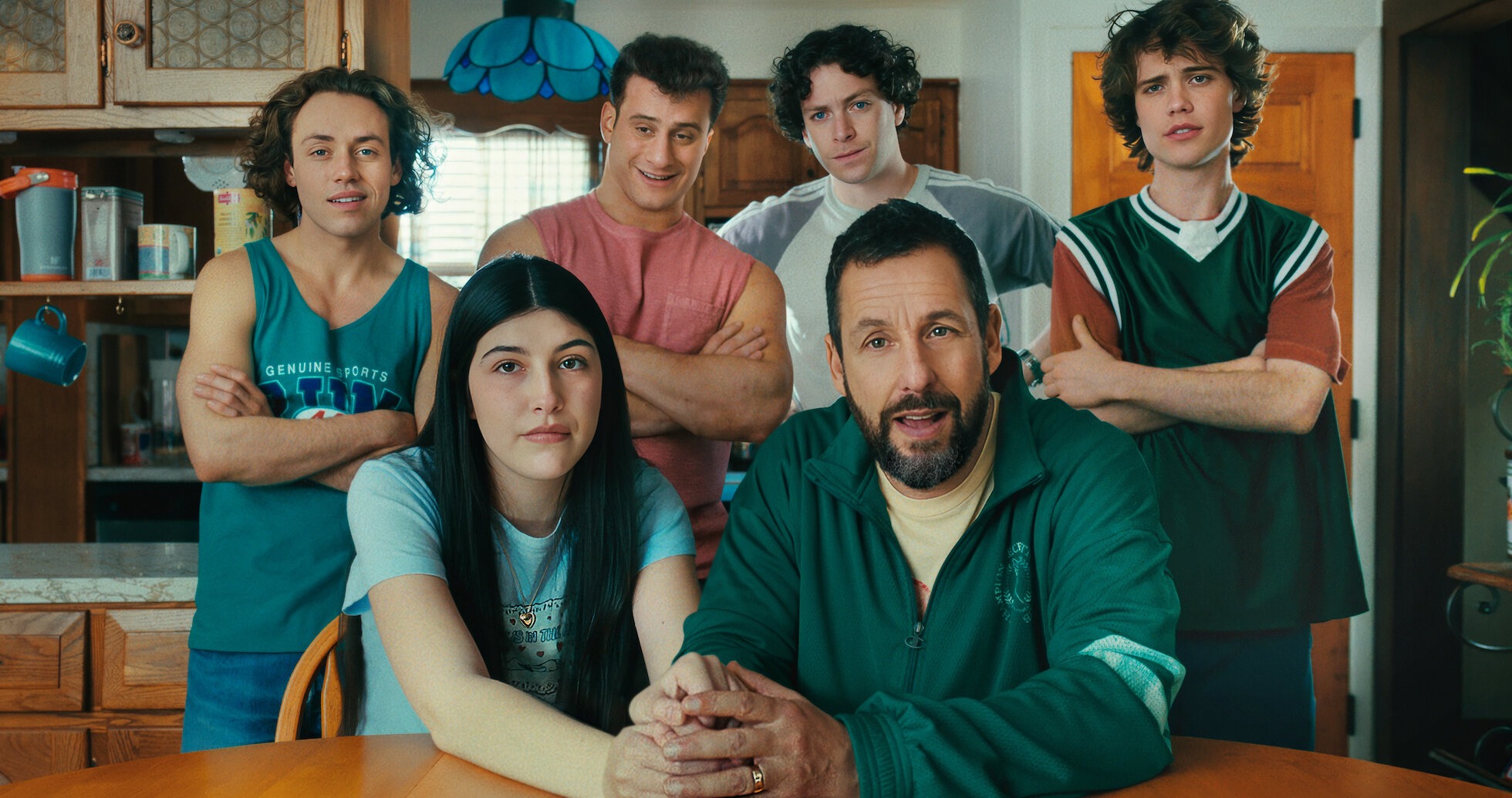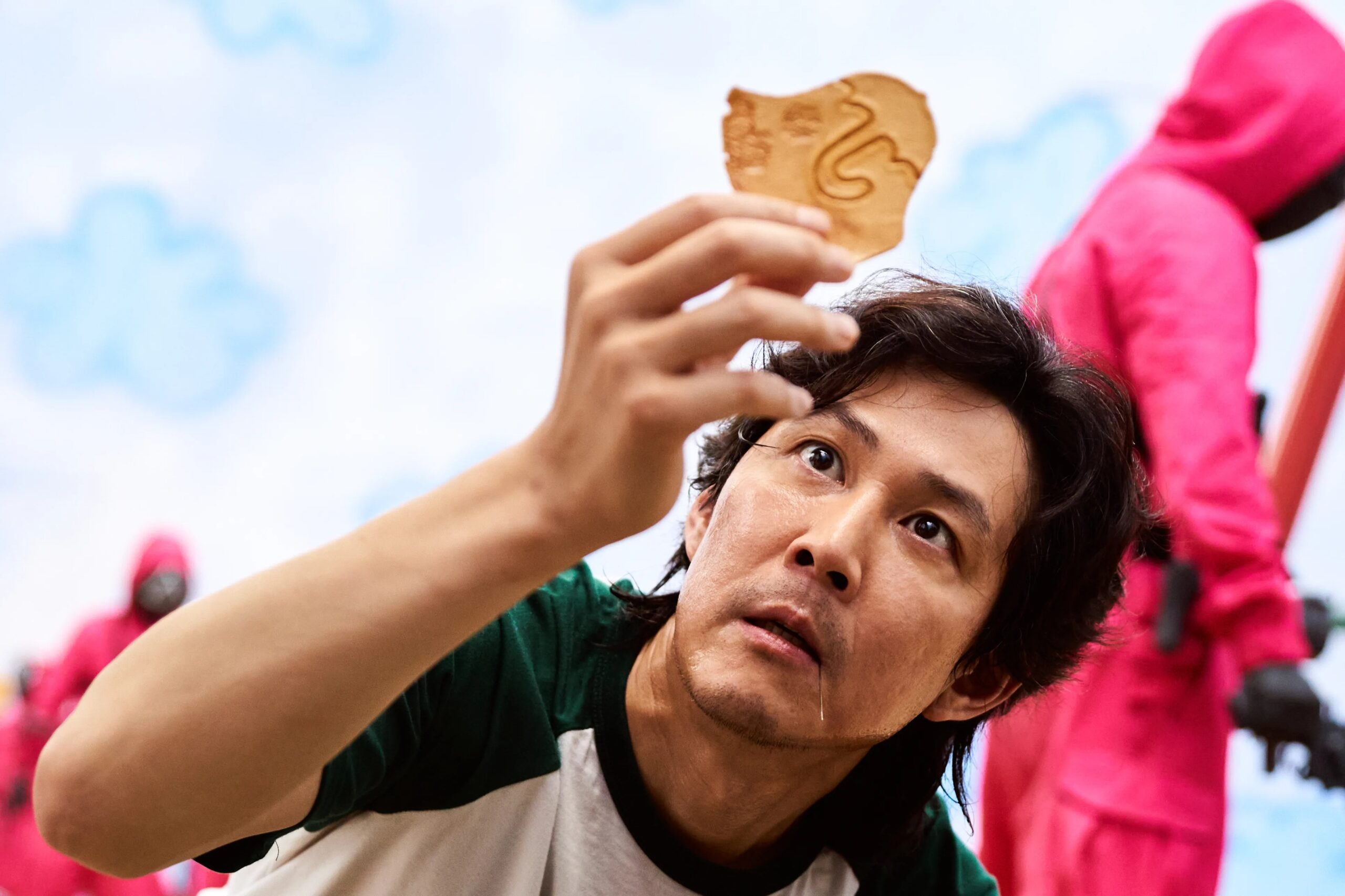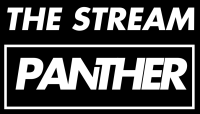Source – THR
With post‑strike budgets already razor‑thin, U.S. film and TV makers now face a new financial gut punch: escalating import tariffs on lumber, steel, fabric, and other set essentials.
Industry veterans warn that this Hollywood tariffs impact could push productions overseas, strip jobs from local crews, and force studios into risk‑averse storytelling.
Below, we examine how fluctuating trade policy is rippling through every department—from art to wardrobe—and what that means for the future of American filmmaking.
1. Why Tariffs Hurt Sets First
Set construction relies on imported raw materials:
- Lumber from Canada and Southeast Asia
- Plywood from Asia
- Steel and aluminum from China

Construction coordinator Karen Higgins ( WandaVision ) says crews are stockpiling timber, but “you can only store so much lumber.” Senior project manager Mike Orth of 41 Sets adds that paint suppliers expect up to 30 % spikes in material costs. Those jumps translate directly into budget overruns or, worse, script rewrites that scale back ambitious builds.
Hollywood tariffs impact probability: A blockbuster set once priced at $5 million could now top $6.5 million—a cost mid‑tier shows can’t absorb.
2. Wardrobe Department on the Brink
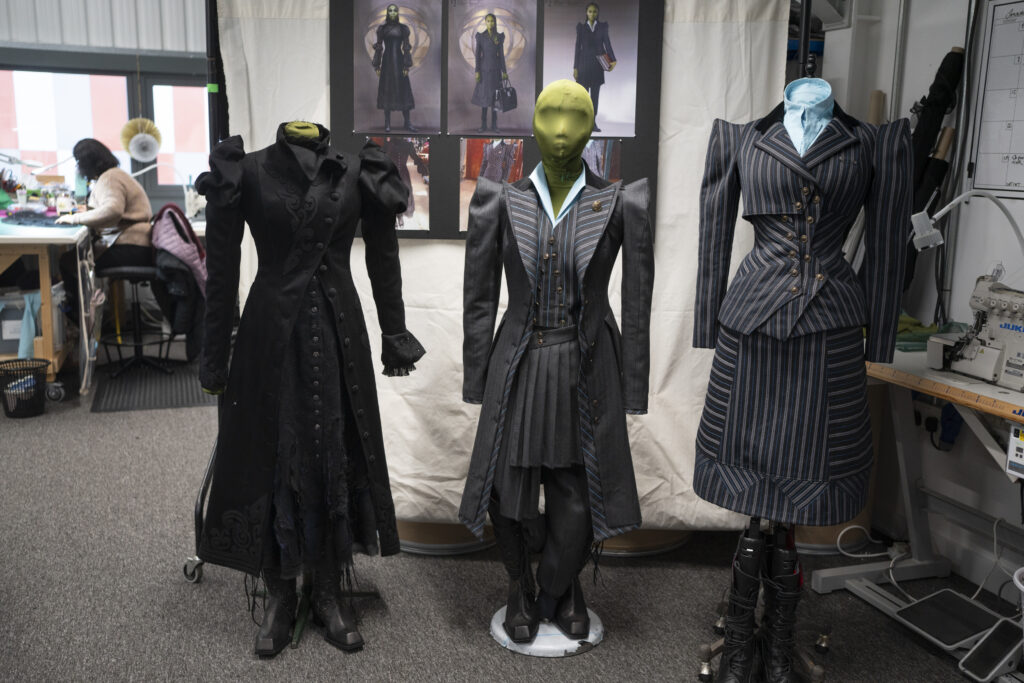
Costume rental houses feel the squeeze too. Diana Foster of United American Costume buys shoes in Mexico, leather in Canada, and trims from Pakistan—regions now facing double‑digit tariff hikes. She warns: “Independent vendors who survived COVID and two union strikes can’t absorb another overhead surge. Those costs go straight to producers.”
That means period dramas, already expensive due to bespoke wardrobes, may shrink or pivot to digital trickery. Authenticity suffers, and union costume jobs decline.
3. Bigger Trend: The Overseas Escape Hatch
Higher material expenses intersect with a decade‑long migration of shoots to cheaper locales. Assistant costume designer Shealyn Biron (Ford v Ferrari) fears tariffs will “supercharge” that trend. When lumber in Georgia costs more than a fully equipped warehouse in Prague, producers follow the math—taking jobs, tax revenue, and ancillary businesses abroad.
This Hollywood tariffs impact exacerbates an industry still reeling from:
- COVID‑19 shutdowns
- Dual WGA & SAG‑AFTRA strikes
- Shifting box‑office habits
- Streaming‑subscriber belt‑tightening
4. Studios Already Slashing Budgets
Director‑turned‑professor George Huang notes that tariff turmoil arrives “as studios are more risk‑averse than ever.” Green‑lights stall, marketing spend tightens, and mid‑budget originals struggle to secure financing. Adding a 20–30 % line‑item hike for sets or costumes can kill projects outright or funnel them toward green‑screen stages and VFX fixes—hardly a boon for craft workers.
Hollywood Tariffs Impact – Artistic Consequences
- Simpler Builds: Minimalist interiors replace elaborate fantasy worlds.
- Location Shoots: More real‑world spaces, fewer bespoke soundstage environments.
- CGI Substitution: Visual effects fill gaps once solved with practical design.
5. Could Tariffs Boomerang on U.S. Jobs?
Ironically, tariffs aim to resuscitate domestic manufacturing. Yet for Hollywood, they may achieve the opposite by:
- Inflating Budgets: U.S. vendors charge more, pricing themselves out.
- Driving Flight: Studios flee to tariff‑free nations for affordability.
- Stalling Local Growth: Union craftspersons face layoffs as projects relocate.
Business agent Tobey Bays (IATSE Local 44) predicts “significant increases” on large builds. A superhero sequel might still pay, but indie films? in Hollywood Tariffs Impact They’ll shrink or vanish.
6. Possible Mitigations
| Idea | Feasibility | Drawback |
|---|---|---|
| Domestic substitutes | Long‑term—reopen U.S. lumber mills | High startup costs; delays |
| Bulk buying & storage | Already happening | Warehouse rent erodes savings |
| Tax incentives | States could offset tariff bite | Political negotiation required |
| Hybrid sets + LED walls | Trendy after The Mandalorian | Tech costs, learning curve |
Without governmental clarity, studios hesitate to invest in any fix, compounding uncertainty.
7. Outlook: A Cliff or a Detour?
If tariffs remain volatile, Hollywood could see:
- More outsourcing to Eastern Europe and Canada
- Rise in VFX‑heavy “volume” stages replacing lumber‑intensive sets
- Shorter series orders to cut material exposure
But a trade‑policy reversal might quickly defuse the crisis—underscoring Huang’s lament about unpredictability: “Studios were skittish before. Now they’re really skittish.”
For now, producers must budget higher contingencies, and craftspeople brace for leaner call sheets. The Hollywood tariffs impact story is still unfolding, but one thing is clear: every new import tax reverberates through the boom mics, costume racks, and director’s chairs of Tinseltown.

